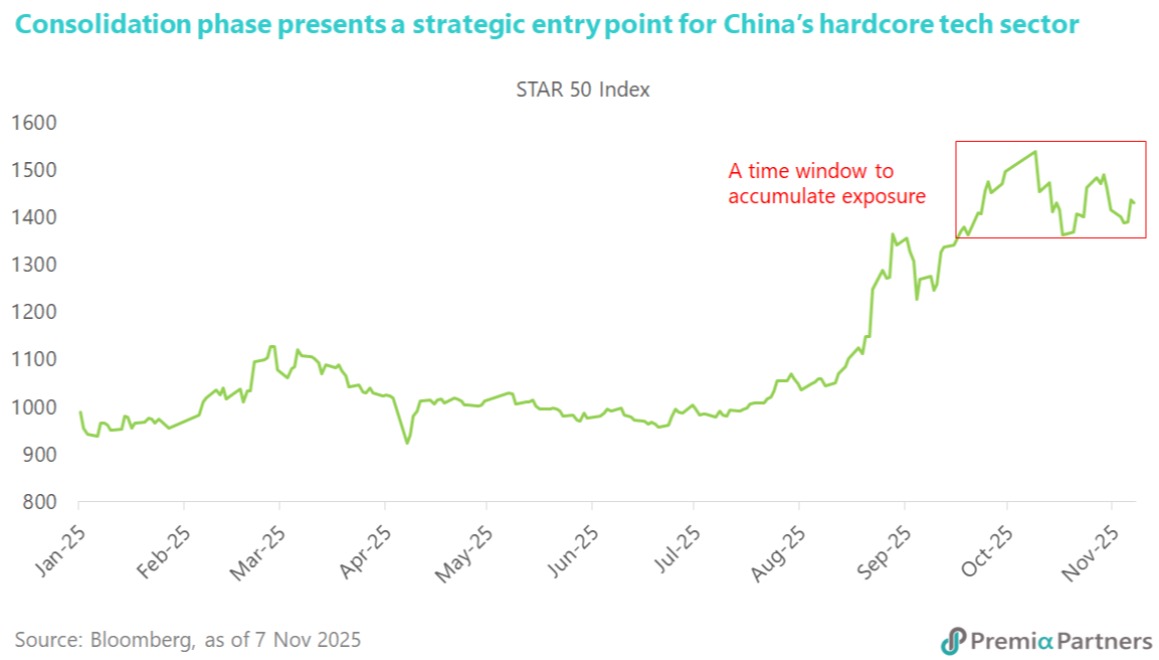
featured insights & webinar
In the midst of a US tech bubble, Chinese and Hong Kong equities have emerged in the sweet spot between valuations, profitability and balance sheet strength.
Aug 18, 2020
Are US indices rallying because of COVID-19? The most common narrative is that “US stocks have been rising despite the pandemic.” Perhaps a more accurate explanation is “US stocks have been rising because of the pandemic”.
Aug 12, 2020
After the fall in Q1, global equities recovered sharply in Q2 as the COVID fear eases and stimulus packages kick in around the world. YTD, China is the best performing emerging market, and the broad CSI 300 index gained 14% in the second quarter. From factor investing perspective, we continue to see the dispersion of a two-speed-economy despite an overall beta pick up. Quality growth new economy stocks continue to be the winner.
Aug 11, 2020
Back to the future. Clues to US policy makers’ long game for the Dollar can be found in the long-term historical relationship between money supply growth, the inflation rate, and nominal GDP growth. Conclusion upfront: We are likely to see a long cycle of aggressive US monetary expansion ahead – to depreciate the Dollar, revive inflation, and boost nominal GDP growth.
Aug 03, 2020
Global equities have been doing well in the past few months right after the sharp sell-off in the first quarter of this year. Intuitively, the rally looks like classic irrational exuberance given all major economies are heading into recession whilst the coronavirus infection has no sign to slow down globally. On the other hand, the forward-looking market movement may suggest that investors have looked beyond the pandemic and already positioning themselves to capture the V-shaped rebound. Combined the solid fundamentals with an appealing valuation, China A-share looks like an exposure that investors should accumulate whenever there is a market dip. If so, the more imminent and value-added question for the investors will be what to own in the onshore market.
Jul 23, 2020
COVID-19 will likely go down in history as – among other things – an accelerant for a range of tendencies are already present prior to the pandemic. AC (after-COVID), these are the four major behavioral changes that are unlikely to revert to life as we knew it BC (before-COVID).
Jul 21, 2020
The international media reckoned a front-page editorial in the China Securities Journal calling for a “healthy bull market” to create “new opportunities in crisis” was responsible for last week’s red-hot run-up in the Shanghai Composite Index. But perhaps there are less “exciting”, but more enduring, explanations for the surge in Chinese stocks.
Jul 13, 2020
Fed bond buying won’t prevent the coming wave of debt defaults. It may have been missed in the midst of the stock market’s bullishness, but debt defaults have already been surging. How does the Fed’s USD 750 billion bond buying programme measure up to the job? And what shall we watch out for?
Jul 08, 2020
Opportunities in quality growth leaders: China and Asia Innovative TechnologyThe world has been put to significant challenges and changes by COVID-19, which redefined economic growth and investment opportunities for investors.After winning the HKEx 2019 Top Performing ETF award with 45.2% return, the Premia New Economy ETF continued to be the rare strategy that scored strong positive YTD performance. What drives the resilience?Rather than just IT and internet, China New Economy and the sister version in Asia Innovative Technology sector leaders cover the major beneficiaries as megatrends opportunities in Urbanisation, Rising middle income class, Consumption upgrade, Aging population and rising need for healthcare, digital transformation in both To-C and To-B space, and technology enabled industrialisation 4.0 unfold.In this presentation, we discussed the two ETF strategies that aim to better capture the emerging growth markets and emerging growth sectors in China and Asia.
Jun 26, 2020
Opportunities in quality growth leaders: China and Asia Innovative TechnologyThe world has been put to significant challenges and changes by COVID-19, which redefined economic growth and investment opportunities for investors.After winning the HKEx 2019 Top Performing ETF award with 45.2% return, the Premia New Economy ETF continued to be the rare strategy that scored strong positive YTD performance. What drives the resilience?Rather than just IT and internet, China New Economy and the sister version in Asia Innovative Technology sector leaders cover the major beneficiaries as megatrends opportunities in Urbanisation, Rising middle income class, Consumption upgrade, Aging population and rising need for healthcare, digital transformation in both To-C and To-B space, and technology enabled industrialisation 4.0 unfold.In this presentation, we discussed the two ETF strategies that aim to better capture the emerging growth markets and emerging growth sectors in China and Asia.
Jun 26, 2020
BY TOPICS
Chart Of the Week


David Lai , CFA
CFA
Following the Xi–Trump meeting at the recent APEC Summit, market sentiment has turned cautiously optimistic on hopes of a renewed trade truce between China and the US. Some investors, however, view this détente as a sign that China’s drive for technological self-sufficiency could ease. Although the meeting did not address whether Nvidia’s latest Blackwell-series AI chips might be exported to China, speculation has risen that improving relations could lead to a relaxation of export restrictions — a development some perceive as negative for Chinese semiconductor and hardcore tech names. We take a different view. China’s determination to reduce reliance on imported technology remains firm. Recent initiatives, such as the reported requirement for state-funded data centers to adopt domestically produced chips, underscore the government’s resolve to build a self-sustaining semiconductor ecosystem. In mid-October, China Mobile also announced plans to construct the nation’s largest intelligent computing infrastructure by 2028, featuring a “100,000-GPU cluster” that will fully utilize domestic chips. Top Chinese officials have reiterated that innovation and advanced manufacturing remain core national priorities. These developments suggest that even if US export curbs were relaxed, China’s policy direction will continue to favor domestic research, production, and technological substitution. For investors looking to capture this structural growth opportunity, the Premia China STAR50 ETF provides an efficient and diversified vehicle. It offers focused exposure to leading STAR Market companies at the forefront of China’s innovation agenda — from semiconductors and AI to next-generation industrial technologies — positioning investors to benefit from the country’s ongoing technology upgrade.
Nov 10, 2025






